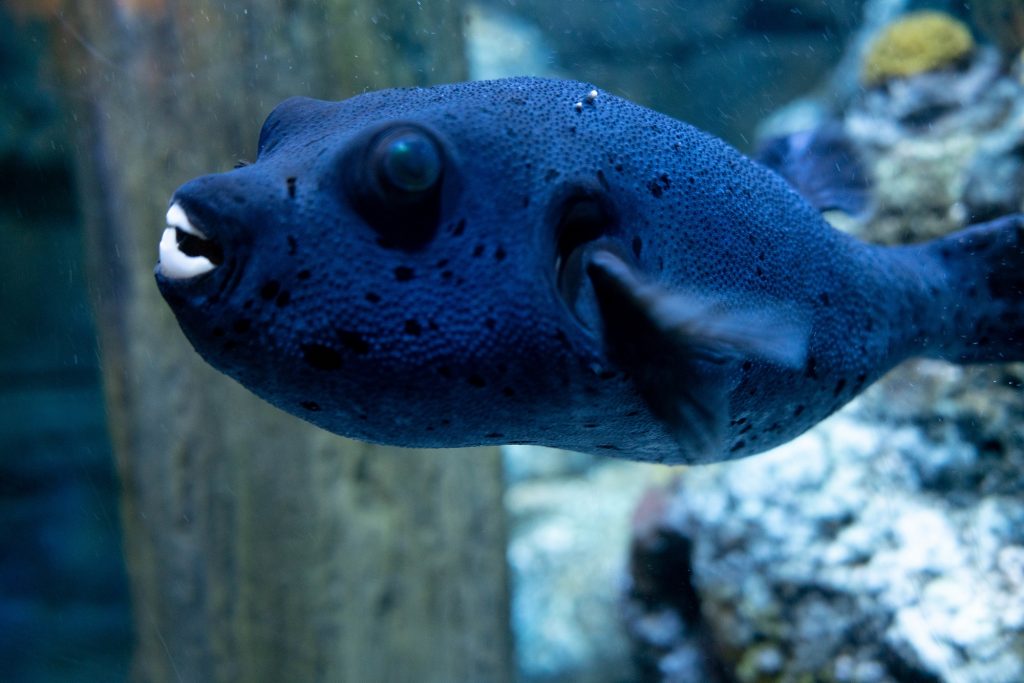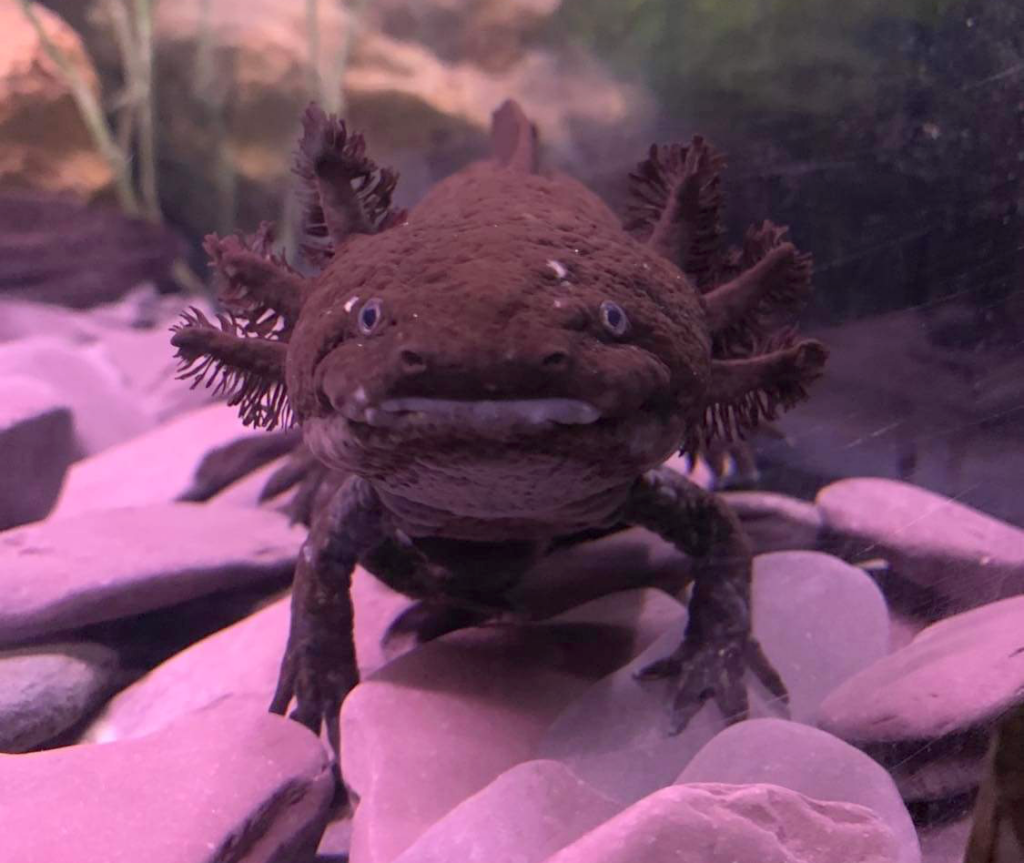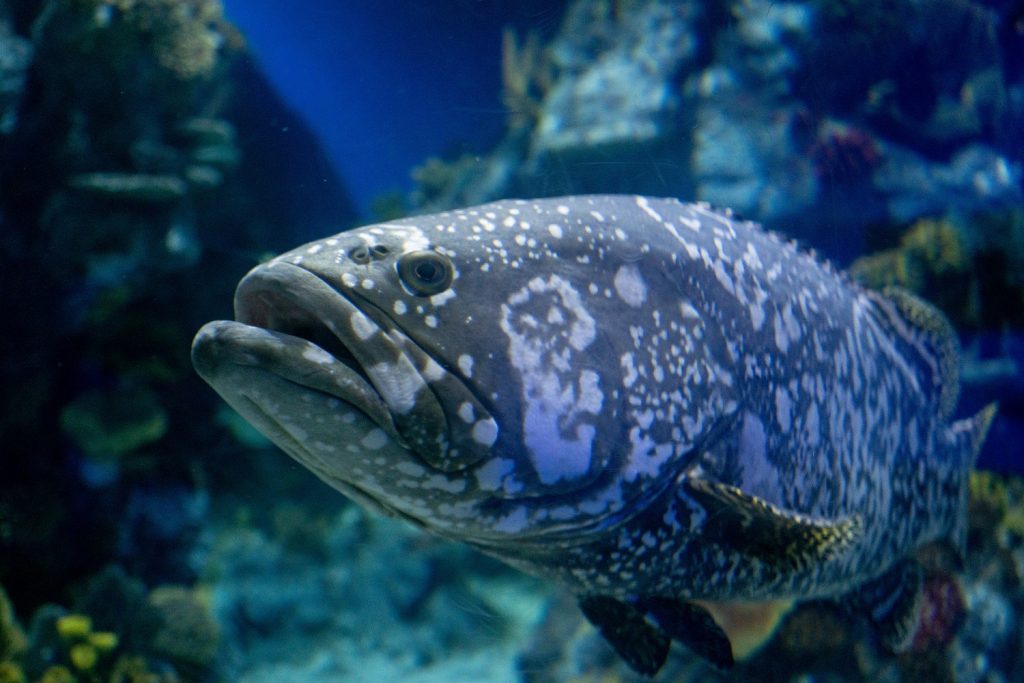If you’ve visited our aquarium or scrolled through our list of wonderful sea animals, you’ve probably wondered what the names in brackets are all about. Believe it or not, these names are there for a reason. Well, they’re actually used for a couple of reasons.
Whether you’re admiring the rays or the sharks, there’s a scientific name attached to each and every aquarium animal. Below, we’ll let you in on the secrets behind why they’re used and where they came from, along with giving you some fun examples.

Why do they have scientific names?
Scientific names aren’t there just for marine biologists to show off their knowledge about the animals. So, what’s the point of using them?
Well, the first and most important reason is that scientific names are universal. No matter what country you’re in or what language you speak, the scientific name always stays the same.
This helps keep confusion to a minimum when identifying and talking about marine life. After all, the scientists specialising in marine life live all over the world and they’ll need to talk to each other about the same things, so it only makes sense to create universal terms. So, while the animals do still have names we recognise, their scientific names serve a very important purpose in the science and marine biology worlds.
Another big reason they’re used is because it means we can’t judge an animal based on appearance. Some species might look very similar but have different characteristics. For example, our rays might all seem to look the same, but Cownose Rays (Rhinoptera bonasus) are very different to Blonde Rays (Raja brachyura). From their head shape to their size, there are a few defining features setting them apart, but the scientific names can really help with telling them apart. The scientific name makes it much easier to spot which is which, which can be super important for finding out which species are endangered or might need help.

Where did these scientific names come from?
The scientific words originate from Latin and Greek, which is probably why they’ll make very little sense to most people. These ancient languages have given us loads of modern-day words you’d be surprised about like video, circle and even dinosaur. So, when it comes to marine life, we can also thank these centuries-old languages for helping us to identify the marine life swimming in our oceans, seas, and aquariums today!
What do they look like?
The names themselves are nearly always split into two. The first part is referred to as the genus, which is the name classifying the animal. The second part then tells us which species the animal belongs to. These two parts combine to make up the full scientific name.
When they’re written down, the scientific names are often written in italics to help differentiate between the common name and the scientific one. We write ours in brackets to make it extra clear. The first word should also start with a capital letter, while the second should start with a lowercase letter.
No two sea animals will be given the same scientific name. Although they might share one part of their name, the other part will be different so that they end up with a completely unique name. For example, some sharks have the same genus, such as the Bull Huss Shark and the Lesser Spotted Cat Shark. Both sharks share the Scyliorhinus genus but have different species names. This means that the Lesser Spotted Cat Shark is left with Scyliorhinus Canicula as its scientific name, while the Bull Huss Shark is identified as Scyliorhinus stellaris.
Are some animals only known by their scientific name?
There are a few animals that are only known by their scientific name, including Anemones. This just means that the common name and the scientific name match up, making it quite easy to remember.
This is referred to as a tautonym, which just means that they have the same name for their genus and species. Sometimes this will still be written out twice, as it is with Bream fish which are referred to as Boops boops. This is one of our favourites because it’s so fun to say! Another example is the Smooth-Hound Shark, which has the scientific name Mustelus mustelus. Most of the time though, it’ll only be written out once, giving these creatures a one-word scientific name.
In some rare cases, there might be a three-word scientific name. For example, our Red-Eared Slider reptile has the scientific name Trachemys scripta elegans. This happens when there is a species and a sub-species that the creature belongs to. A handful of our freshwater marine animals have these longer names, so look out for them on your next visit!

Our aquatic animals and their scientific names
Ready to learn some more scientific names for the aquatic animals at Bristol Aquarium? Check out our quick list including the common names and scientific names of each one below!
Sharks
- Smooth-Hound Shark – Mustelus mustelus
- Lesser Spotted Cat Shark – Scyliorhinus canicular
- Bull Huss Shark – Scyliorhinus stellaris
- Port Jackson Shark – Heterodontus portusjacksoni
- Japanese Banded Hound Shark – Triakis scyllium
- Arabian Carpet Shark – Chiloscyllium arabicum
Rays and Skates
- Common Stingray – Dasyatis pastinaca
- Painted Ray – Raja microocellata
- Blonde Ray – Raja brachyura
- Cownose Ray – Rhinoptera bonasus
Native Species
- Sea Bass – Dicentrarchus labrax
- Gilthead Sea Bream – Sparus aurata
- Short Snouted Seahorses – Hippocampus hippocampus
- Cuckoo Wrasse – Labrus mixtus
- Common Starfish – Asterias rubens
- Atlantic Wreckfish – Polyprion americanus
Fresh Water Species
- Red Bellied Piranha – Pygocentrus nattereri
- Black Pacu – Colossoma macropomum
- Red Pacu – Piaractus brachypomus
- Red-Eared Slider – Trachemys scripta elegans
- Mississippi Map Turtle – Graptemys pseudogeographica kohni
- Blind Cave Fish – Astyanax mexicanus
- Malawi Cichlids – Cichlidae
Tropical Species
- Giant Grouper – Epinephelus lanceolatus
- Honeycomb Moray Eel – Gymnothorax favagineus
- Red Lionfish – Pterois volitans
- Cownose Ray – Rhinoptera bonasus
- Big-Bellied Seahorses – Hippocampus abdominalis
Invertebrates
- Anemones – Anemones
Think you know your scientific names? Try our fun quiz to find out just how good you are at identifying which names belong to which sea creatures here at Bristol Aquarium!
Discover all the aquatic animals that call Bristol Aquarium home, along with their scientific names here. And while you’re at it, why not book your tickets and visit us?
